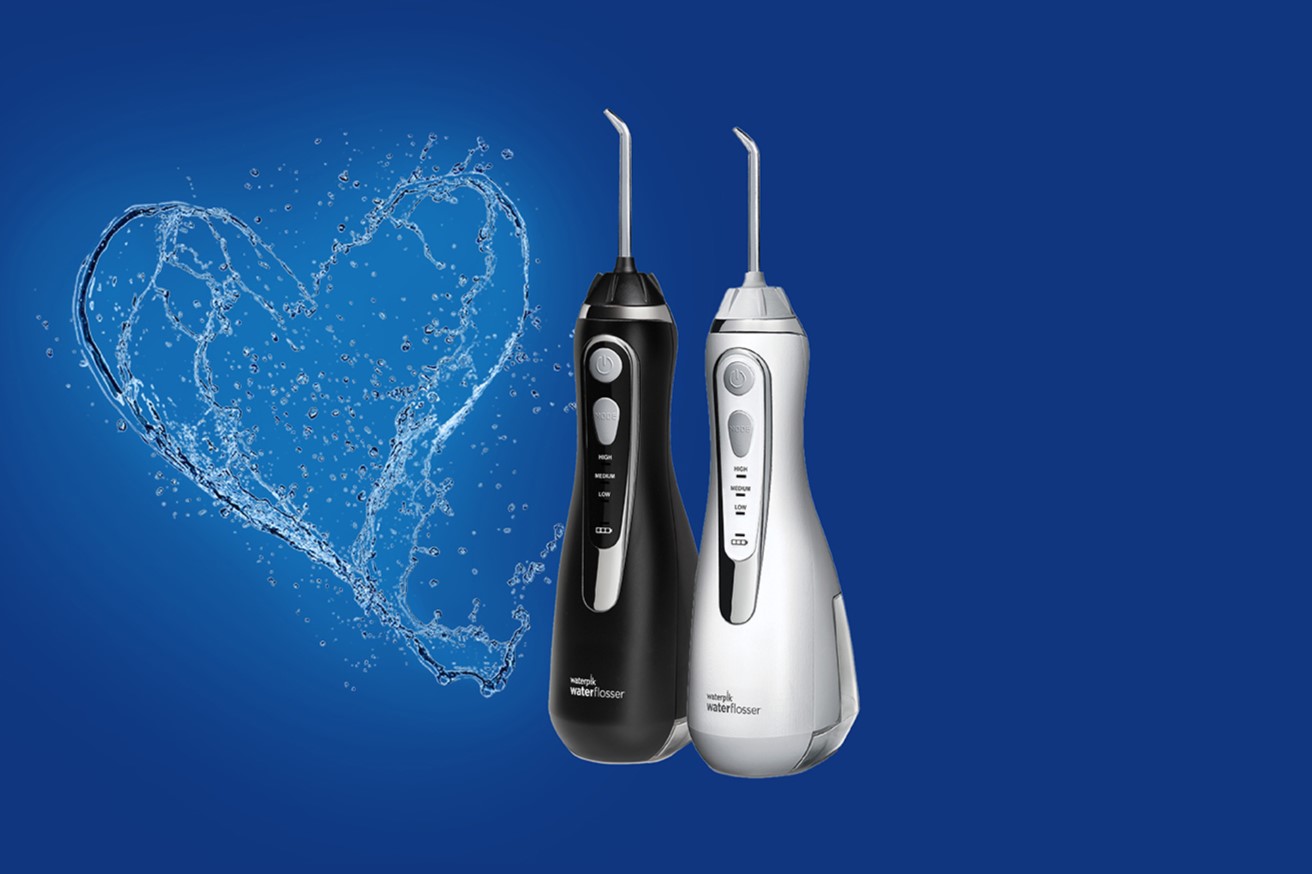Home>Automotive>How To Defog Windshield


Automotive
How To Defog Windshield
Published: February 26, 2024
Learn effective methods to defog your windshield and improve visibility while driving. Get expert tips and tricks for automotive windshield defogging.
(Many of the links in this article redirect to a specific reviewed product. Your purchase of these products through affiliate links helps to generate commission for Noodls.com, at no extra cost. Learn more)
Table of Contents
Introduction
Dealing with a foggy windshield can be a frustrating and potentially hazardous experience for any driver. Whether you're rushing to work in the morning or embarking on a road trip, a foggy windshield can significantly impede your visibility and compromise your safety on the road. Understanding the causes of windshield fogging, as well as effective defogging techniques and preventive measures, is crucial for ensuring a clear and unobstructed view while driving.
In this comprehensive guide, we will delve into the various factors that contribute to windshield fogging, explore quick and efficient methods for defogging your windshield, and discuss proactive strategies to prevent fog buildup in the first place. By the end of this article, you will be equipped with the knowledge and practical tips to tackle windshield fogging with confidence, ensuring a safer and more enjoyable driving experience for you and your passengers.
Read more: How To Properly Fill Windshield Wiper Fluid
Understanding the Causes of Windshield Fogging
Windshield fogging occurs when moisture in the air comes into contact with a surface at a lower temperature, causing it to condense into tiny water droplets. This phenomenon is particularly common during the colder months, but it can also occur in various weather conditions and environments. Understanding the underlying causes of windshield fogging is essential for effectively addressing this issue and ensuring clear visibility while driving.
External Temperature Discrepancy
One of the primary causes of windshield fogging is the temperature differential between the inside and outside of the vehicle. During colder weather, the warm air inside the car can come into contact with the cold windshield, leading to condensation and fogging. Similarly, in hot and humid conditions, the exterior temperature can cause the windshield to be cooler than the air inside the vehicle, resulting in the same condensation effect.
Humidity and Moisture
High levels of humidity and moisture inside the vehicle can exacerbate windshield fogging. When the air inside the car is saturated with moisture, such as from wet clothing, snow, or rain, it increases the likelihood of condensation forming on the windshield. Additionally, activities like breathing, especially in a crowded vehicle, can contribute to elevated humidity levels, further promoting fog buildup.
Airflow and Ventilation
Inadequate airflow and ventilation within the vehicle can also contribute to windshield fogging. When warm, moisture-laden air becomes trapped inside the car, it can lead to condensation on the windows, including the windshield. Poor ventilation, especially in tightly sealed or heavily insulated vehicles, can exacerbate this issue, as the trapped air has limited opportunity to dissipate.
Read more: How To Keep Windshield From Fogging
Residual Cleaning Products
Residual cleaning products or treatments applied to the windshield can also contribute to fogging. Some cleaning agents or treatments may leave behind a residue that attracts moisture, leading to fog buildup. Additionally, using the wrong type of cleaning product or applying it incorrectly can inadvertently contribute to this issue.
By understanding these underlying causes of windshield fogging, drivers can take proactive measures to address and prevent this common nuisance. In the following sections, we will explore quick fixes for defogging windshields and effective strategies for preventing fog buildup, empowering drivers to maintain clear visibility and safe driving conditions regardless of the weather or environmental factors.
Quick Fixes for Defogging Your Windshield
When faced with a foggy windshield, it's essential to address the issue promptly to restore clear visibility and ensure safe driving conditions. Fortunately, there are several quick and effective methods for defogging your windshield, allowing you to swiftly tackle this common nuisance. Here are some practical and efficient fixes to combat windshield fogging:
-
Utilize the Vehicle's Defroster: One of the most straightforward ways to clear a foggy windshield is by using the vehicle's defroster function. Activate the defroster and adjust the temperature to a level that promotes rapid evaporation of the condensation on the windshield. Simultaneously, turn on the vehicle's heater to warm the air inside, aiding in the defogging process.
-
Turn on the Air Conditioning: In addition to the defroster, engaging the air conditioning can help expedite the defogging process. The air conditioning system removes moisture from the air, effectively reducing humidity levels inside the vehicle and preventing further condensation on the windshield.
-
Direct Warm Air Toward the Windshield: Redirecting warm air toward the windshield can accelerate the evaporation of condensation. Adjust the vehicle's vents to direct warm air specifically at the windshield, facilitating the removal of fog and restoring clear visibility.
-
Crack Open the Windows: Allowing fresh air to circulate inside the vehicle can help reduce humidity levels and expedite the defogging process. Gently crack open the windows to promote airflow, enabling the moist air inside the car to escape and be replaced by drier external air.
-
Use a Microfiber Cloth or Defogging Pad: If the fogging persists, gently wipe the interior of the windshield with a clean microfiber cloth or a specialized defogging pad. This can help absorb excess moisture and promote clearer visibility, especially in areas where condensation tends to accumulate.
-
Avoid Recirculating Air: When defogging the windshield, refrain from using the recirculation mode on the vehicle's climate control system. Instead, opt for fresh air intake to prevent the circulation of moist interior air, which can exacerbate fog buildup.
By employing these quick fixes, drivers can effectively address windshield fogging and restore clear visibility, ensuring a safer and more comfortable driving experience. However, to minimize the likelihood of recurring fogging and maintain optimal visibility, it's crucial to implement preventive measures to mitigate this issue proactively.
Preventing Windshield Fogging
Preventing windshield fogging is essential for maintaining clear visibility and ensuring a safe and comfortable driving experience. By implementing proactive measures, drivers can significantly reduce the likelihood of fog buildup on their windshields, especially during adverse weather conditions or high-humidity environments. Here are several effective strategies to prevent windshield fogging:
Maintain Optimal Ventilation
Proper ventilation is crucial for minimizing moisture buildup inside the vehicle, thereby reducing the potential for windshield fogging. When driving, ensure that the vehicle's ventilation system is set to allow fresh air intake. This helps promote air circulation, allowing moist interior air to be replaced with drier external air. Additionally, periodically opening the windows to enable cross-ventilation can further enhance airflow and reduce humidity levels inside the car.
Use Defogging Products and Treatments
Applying specialized defogging products or treatments to the interior surface of the windshield can help mitigate fog buildup. These products work by reducing surface tension, allowing moisture to disperse evenly as tiny droplets rather than forming a foggy film. When applied according to the manufacturer's instructions, these treatments can effectively prevent condensation from obstructing visibility, especially in humid or cold conditions.
Keep the Interior Dry
Minimizing interior moisture is crucial for preventing windshield fogging. Be mindful of wet clothing, umbrellas, and other items that may introduce excess moisture into the vehicle. If possible, allow wet items to dry outside the car or use designated storage compartments to contain moisture. Additionally, promptly addressing spills and wet surfaces inside the vehicle can help maintain a drier interior environment, reducing the potential for fogging.
Regularly Clean the Interior Surfaces
Regularly cleaning the interior surfaces of the windshield can help prevent fog buildup. Use a mild glass cleaner to remove any residue or contaminants that may contribute to condensation. Additionally, ensure that the windshield and other windows are free from smudges, which can attract moisture and impede visibility. Keeping the interior surfaces clean and free from obstructions can minimize the likelihood of fogging.
Address HVAC System Maintenance
Proper maintenance of the vehicle's heating, ventilation, and air conditioning (HVAC) system is essential for preventing windshield fogging. Ensure that the HVAC system's filters are clean and free from debris, as clogged filters can impede airflow and contribute to moisture buildup. Additionally, inspect the system for any leaks or malfunctions that may lead to excessive humidity inside the vehicle.
By incorporating these preventive strategies into their driving routine, individuals can effectively minimize the occurrence of windshield fogging, ensuring clear visibility and a safer driving environment. Implementing these proactive measures not only enhances driving comfort but also contributes to overall road safety, particularly during challenging weather conditions.
Conclusion
In conclusion, addressing windshield fogging is a critical aspect of maintaining clear visibility and ensuring safe driving conditions. By understanding the underlying causes of fog buildup, implementing quick defogging fixes, and adopting preventive measures, drivers can effectively mitigate this common nuisance and enhance their overall driving experience.
The causes of windshield fogging, including temperature differentials, humidity, airflow, and residual cleaning products, underscore the multifaceted nature of this issue. Recognizing these factors empowers drivers to take proactive steps to combat fog buildup and maintain optimal visibility while on the road.
Quick fixes for defogging windshields, such as utilizing the vehicle's defroster, turning on the air conditioning, directing warm air toward the windshield, cracking open the windows, and using microfiber cloths or defogging pads, provide practical solutions for swiftly addressing foggy windshields. These methods enable drivers to promptly restore clear visibility and ensure a safer driving experience, especially during inclement weather or high-humidity conditions.
Furthermore, implementing preventive strategies, including maintaining optimal ventilation, using defogging products, keeping the interior dry, regularly cleaning interior surfaces, and addressing HVAC system maintenance, offers long-term solutions for minimizing the occurrence of windshield fogging. By integrating these proactive measures into their driving routine, individuals can significantly reduce the likelihood of fog buildup and enhance their driving comfort and safety.
In essence, combating windshield fogging requires a combination of reactive and proactive approaches. By leveraging quick defogging fixes to address immediate visibility concerns and implementing preventive measures to minimize future fog buildup, drivers can navigate roads with confidence and clarity, regardless of the prevailing weather conditions.
Ultimately, prioritizing visibility and safety on the road is paramount, and addressing windshield fogging is an integral aspect of achieving this goal. By equipping themselves with the knowledge and practical strategies outlined in this guide, drivers can effectively manage windshield fogging, ensuring a clearer and more enjoyable driving experience for themselves and their passengers.












